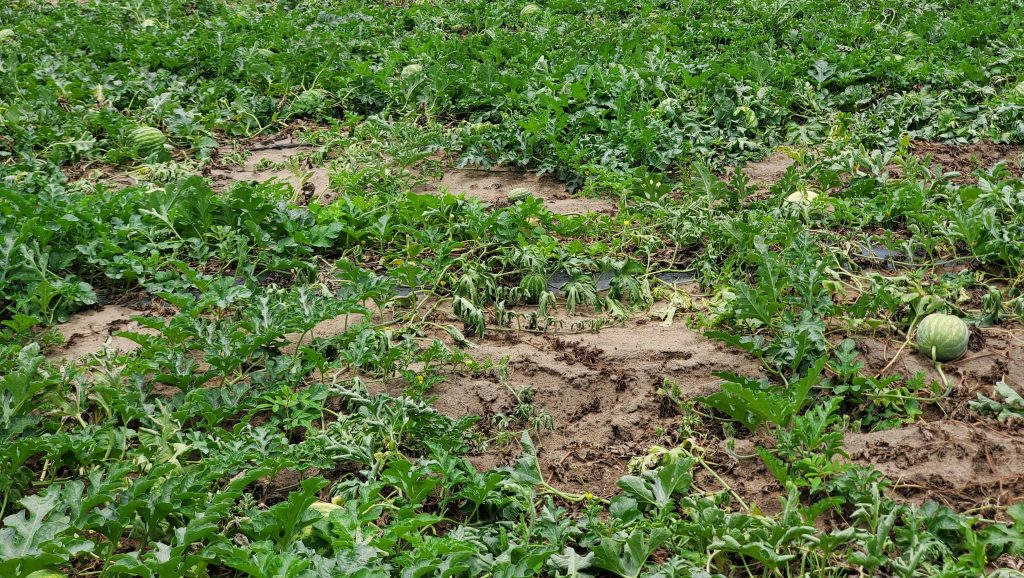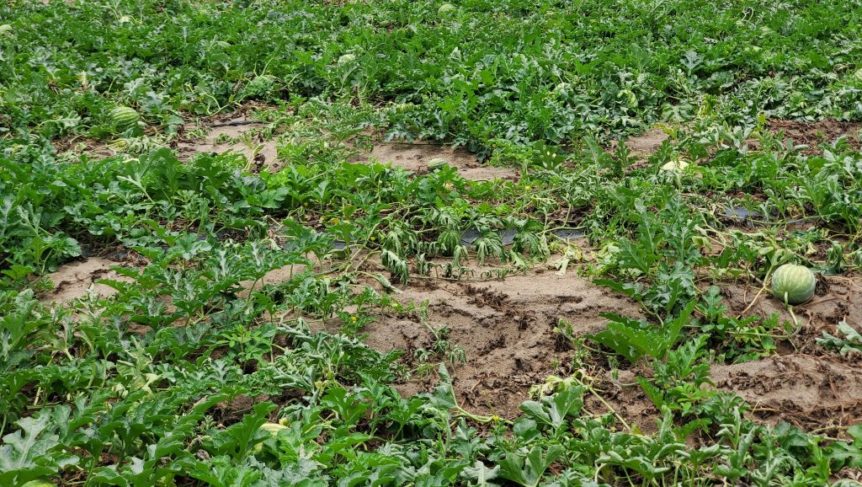
By Clint Thompson
Fusarium wilt disease is once again rearing its ugly head in Florida watermelons this year, according to one University of Florida Institute of Food and Agricultural Sciences (UF/IFAS) researcher.
Nick Dufault, a plant pathologist with the UF/IFAS, noted in a blog that while little can be done now to manage the disease, it is still vital for growers to understand and monitor its prevalence in fields.
“The unusually cool and cloudy weather patterns associated with this year’s El Niño climate have created conducive conditions for Fusarium wilt. This disease thrives in cool, moist environments, allowing the pathogen to spread rapidly. As a result, watermelon crops are facing increased incidence and severity, even in locations they might not have before,” Dufault said.
Importance of Accurate Diagnosis
Accurate diagnosis and constant monitoring are key to managing Fusarium wilt, especially in areas known to have had issues with the disease in the past. Producers should look for yellowing and wilting of leaves, stunted growth and vascular discoloration in the stems and vines.
Once the disease is in the field, there are not effective options for containing the outbreak during a production season. But farmers can prepare for the future by integrating disease management practices.
“Grafting watermelon onto resistant rootstocks, combining soil fumigation with delayed planting and choosing resistant varieties are viable strategies that can reduce disease impact,” Dufault said.
Effective Management
Dufault added that effective management requires efforts from both producers and scientists.
“Farmers can explore adopting preventative measures and staying informed about the latest disease management strategies. Researchers must continue their vital work on developing resistant watermelon varieties and effective control methods,” Dufault said. “By working together, we can develop more sustainable solutions for future watermelon crops.”










